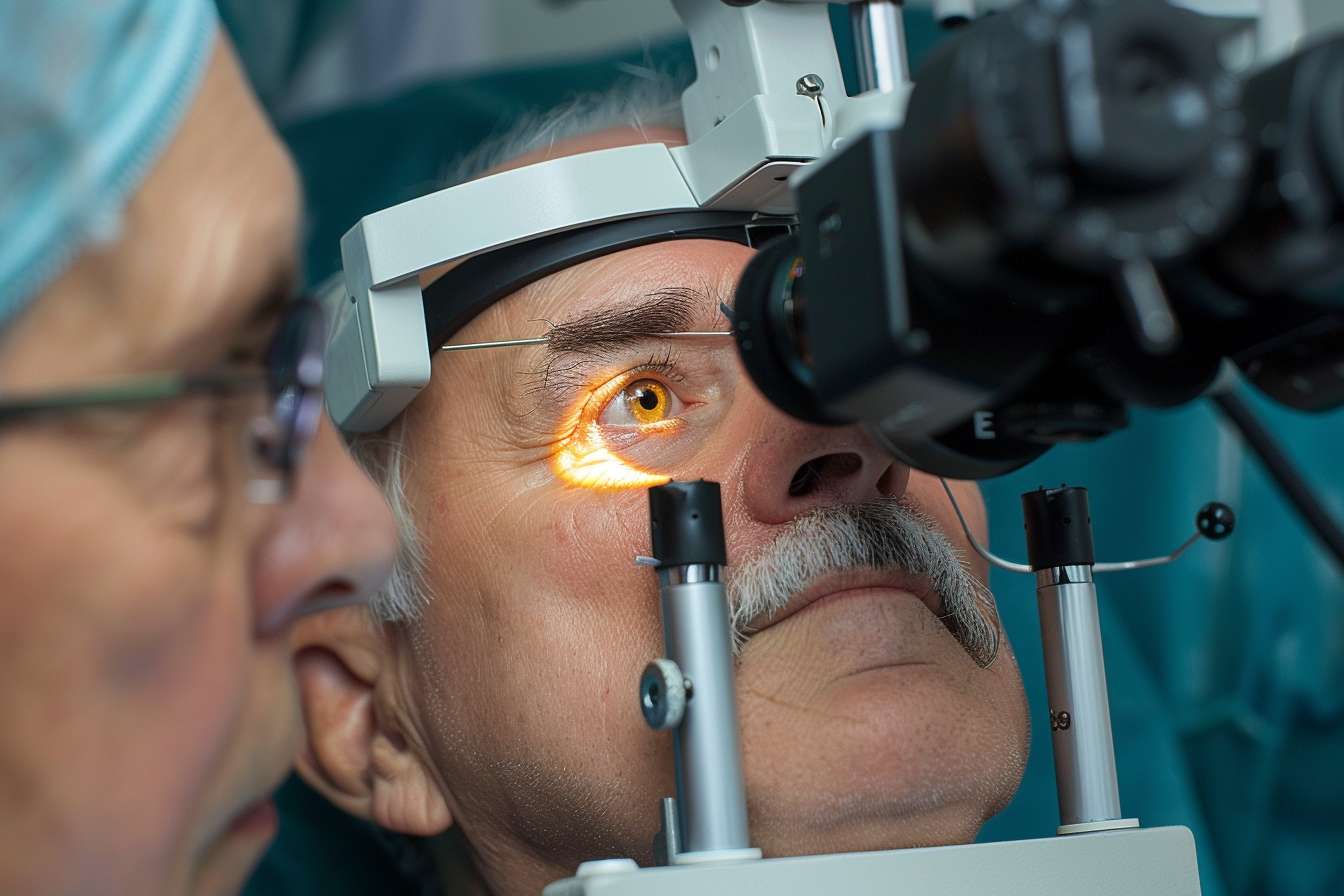What to Expect: Pricing And Options for Cataract Surgery in US For 2025
Cataract surgery is a common procedure that restores vision clarity for millions of Americans each year. As we look towards 2025, understanding the potential costs and available options for this surgery becomes increasingly important for those considering or planning the procedure. This article explores the expected pricing landscape and various surgical options that may be available to patients in the United States in 2025.

What are the projected costs for cataract surgery in 2025?
The cost of cataract surgery in the United States is expected to continue evolving by 2025. While exact figures may vary, current trends suggest that the average cost per eye could range from $3,500 to $7,000, depending on factors such as location, technology used, and individual patient needs. It’s important to note that these costs typically include pre-operative assessments, the surgery itself, and basic follow-up care.
Insurance coverage will likely remain a significant factor in determining out-of-pocket expenses for patients. Medicare and many private insurance plans are expected to continue covering a portion of cataract surgery costs, particularly for procedures deemed medically necessary. However, patients may still be responsible for copayments, deductibles, and any non-covered services or premium lens options.
What surgical options might be available for cataract patients in 2025?
By 2025, cataract surgery options are anticipated to include both traditional and advanced techniques. Traditional phacoemulsification, which uses ultrasound to break up the cloudy lens before removal, is likely to remain a standard approach. However, advancements in laser-assisted cataract surgery may become more widespread, offering potential benefits such as increased precision and faster recovery times.
Intraocular lens (IOL) options are expected to continue expanding, providing patients with choices beyond standard monofocal lenses. These may include:
-
Advanced monofocal lenses with extended depth of focus
-
Multifocal lenses for improved near and distance vision
-
Toric lenses to correct astigmatism
-
Accommodating lenses that adjust to different focal lengths
The availability and selection of these options may vary depending on individual surgical centers and patient suitability.
How might technological advancements impact cataract surgery in 2025?
Technological innovations are likely to play a significant role in shaping cataract surgery options by 2025. Potential advancements may include:
-
Improved imaging and diagnostic tools for more precise surgical planning
-
Enhanced laser systems for greater accuracy during lens fragmentation and removal
-
Artificial intelligence-assisted surgical guidance systems
-
New IOL materials and designs for better visual outcomes and reduced complications
These technological developments could contribute to improved surgical outcomes, faster recovery times, and potentially more personalized treatment options for patients.
What factors may influence cataract surgery pricing in the US by 2025?
Several factors are expected to impact cataract surgery pricing in the United States by 2025:
-
Healthcare policy changes and reforms
-
Advancements in surgical techniques and technology
-
Competition among healthcare providers and surgical centers
-
Changes in insurance coverage and reimbursement rates
-
Regional variations in healthcare costs and availability of services
Patients should be prepared for potential variations in pricing based on these factors and their specific geographic location within the US.
How can patients prepare financially for cataract surgery in 2025?
To prepare financially for cataract surgery in 2025, patients may consider the following strategies:
-
Review and understand their insurance coverage, including any limitations or exclusions
-
Explore flexible spending accounts (FSAs) or health savings accounts (HSAs) to set aside pre-tax dollars for medical expenses
-
Inquire about payment plans or financing options offered by surgical centers
-
Compare costs and services among different providers in their area
-
Consider the long-term value of premium lens options versus potential ongoing vision correction costs
Early financial planning and discussions with healthcare providers can help patients make informed decisions about their cataract surgery options.
Comparison of Cataract Surgery Options and Estimated Costs for 2025
| Surgery Type | Provider Type | Estimated Cost Range (per eye) |
|---|---|---|
| Traditional Phacoemulsification | Hospital | $3,500 - $5,000 |
| Traditional Phacoemulsification | Ambulatory Surgical Center | $2,800 - $4,500 |
| Laser-Assisted Cataract Surgery | Specialized Eye Clinic | $4,500 - $7,000 |
| Premium IOL Implantation | Ophthalmology Practice | $4,000 - $6,500 |
Prices, rates, or cost estimates mentioned in this article are based on the latest available information but may change over time. Independent research is advised before making financial decisions.
As cataract surgery techniques and technologies continue to advance, patients in 2025 can expect a range of options tailored to their specific needs and preferences. While costs may vary, understanding the potential pricing landscape and available surgical choices can help individuals make informed decisions about their eye care. Consulting with eye care professionals and thoroughly researching options will remain crucial steps in planning for cataract surgery in the coming years.
This article is for informational purposes only and should not be considered medical advice. Please consult a qualified healthcare professional for personalized guidance and treatment.




